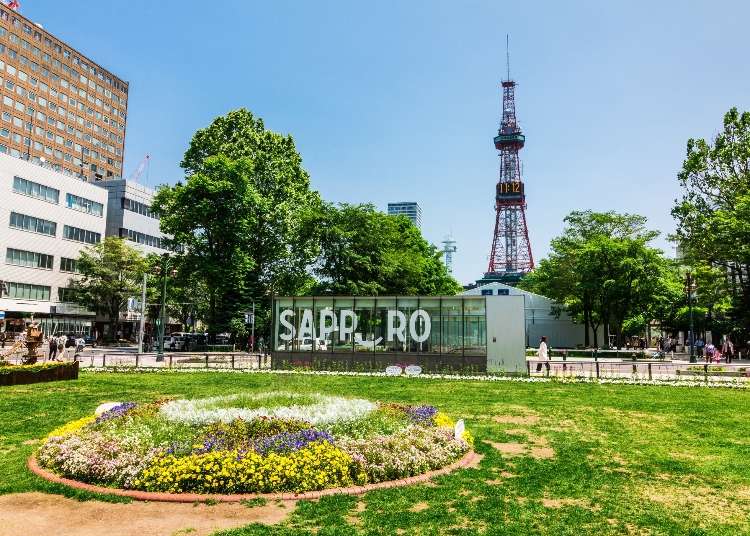
Even fluent speakers of standard Japanese scratch their heads a little when they come to Hokkaido and hear phrases they have never encountered before in their lives, like namara and menkoi. These words are part of the main dialect spoken in Hokkaido, known as Hokkaido-ben.
As you know, dialects are specific to a particular region and usually deeply connected to the customs and culture therein. When Hokkaido was being developed during the Meiji era (1868 to 1912), people from all over Japan moved to the large northern prefecture and settled there, bringing along with them their way of speech from the places they moved from.
The Hokkaido dialect was born from the intermingling of these different dialects and therefore bears a resemblance to the common tongue spoken throughout Japan, although some regional quirks have also been preserved.
Let's take a look at a list of fun Hokkaido dialect words that you may find useful for your trip!
Daily life
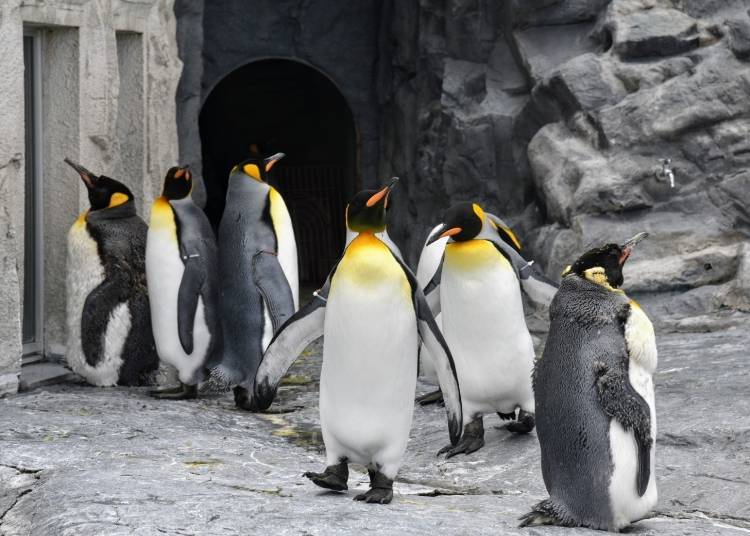
めんこい (menkoi)
Used to describe something or someone kawaii (cute or adorable).
・Examples:
What a cute penguin! - Menkoi pengin da ne. (Usually: Kawaii pengin da ne.)
This child is adorable - Kono ko wa menkoi. (Usually: Kono ko wa kawaii.)
なまら (namara)
Used as an intensifier, similar to words like totemo (very) or sugoku (extremely). To make it even more emphasis, add an n in between the word to form nanmara!
・Examples:
This meal is very delicious. - Kono ryōri wa namara umai. (Usually: Kono ryōri wa totemo oishii.)
I was super shocked. - Nanmara bikkuri shita. (Usually: Suggoku bikkuri shita.)
わや (waya)
Used in place of negative interjections like hidoi (terrible), mechakucha (what a mess), or dame (no good).
・Examples:
What a complete mess! - Mō waya! (Usually: Mō mechakucha!)
The amount of snow was terrible. - Yuki no ryō ga waya. (Usually: Yuki no ryō ga hidoi.)
したっけ (shitakke)
This word would replace adverbs and sentence connectors like jaa (well then) or soredewa (in that case) in standard Japanese. It can also be used as a farewell greeting, similar to baibai (bye-bye) or matane (see you again).
・Examples:
Well then, let's go to that shop? - Shitakke ano mise ni ikō ka? (Usually: Soredewa ano mise ni ikō ka?)
See you! - Shitakke! (Usually: Matane!)
(ゴミを)投げる ((gomi wo) nageru)
In standard Japanese, nageru (throw) is mostly used in the context of throwing something around, such as a ball. In the Hokkaido dialect, it specifically means to dispose of something.
・Example:
I'm taking the trash out. - Gomi wo nagete kuru ne. (Usually: Gomi wo sutete kuru ne.)
こわい (kowai)
You would use kowai (scary) in standard Japanese to describe something fearful or alarming, but in the Hokkaido dialect, this adjective is used in place of words like tsukareru (tired), darui (sluggish), or kurushii (agonizing).
・Examples:
I'm tired after all that running. - Hashitta kara karada ga kowai. (Usually: Hashitta kara karada ga tsukareta.)
I feel somewhat listless today. - Kyō wa nandaka kowai. (Usually: Kyō wa nandaka darui.)
なんもなんも (nanmo nanmo)
When someone expresses appreciation or gratitude for something you do, you would usually say something like ki ni shinai de (don't worry about it) or chittomo (no problem) in reply, and the Hokkaido dialect version is nanmo nanmo. It's not as formal as douitashimashite (you're welcome), so it will put people at ease.
・Example conversation:
A: I'll send you to the station by car since it's snowing.
B: Thank you!
A: Nanmo nanmo!
うるかす (urukasu)
This word means to soak something in water.
・Examples:
Soak the rice in water. - Kome wo urukasu. (Usually: Kome wo mizu ni tsukete oku.)
Soak the bowl in water first. - Ochawan wo urukashi toite. (Usually: Ochawan wo mizu ni tsukete oite.)
〜さる (saru)
This conjugation modifies a verb to indicate the action is happening without the person's permission or intention. Occasionally, it is also used to express a potential action, much like [verb]+dekiru (can do [verb]). The plain past tense form of this conjugation is [verb]+satta (could do [verb]).
・Examples:
I didn't mean to press the button. - Botan ga osasatta. (Usually: Osu tsumori wa nakatta kedo, botan wo oshite shimatta.)
This pen can still write. - Kono pen, mada kakasaru yo. (Usually: Kono pen, mada kaku koto ga dekiru yo.)
〜べ (be), 〜べさ (besa), 〜べや (beya)
This corresponds to the standard Japanese sentence-ending particles like ~daro, ~desho, or ~jan. It's used when you want to seek someone's agreement or raise a doubt.
・Examples:
I thought I told you no running. - Hashiru na tte itta be. (Usually: Hashiru na tte itta desho.)
Who's coming for tomorrow's lunch? - Ashita no ranchi ni wa dare ga kurun dabe? (Usually: Ashita no ranchi ni wa dare ga kuru no kana?)
It's delicious, isn't it? - Umai besa? (Usually: Oishii daro?)
〜しょ (syo)
Another sentence-ending particle that corresponds to the standard ~desho.
・Examples:
Yesterday's concert was really good, wasn't it? - Kinо̄ no konsa-to, namara yokatta ssho? (Usually: Kinо̄ no konsa-to, totemo yokatta desho?)
You're coming with me, right? - Isshо̄ ni iku ssho? (Usually: Isshо̄ ni iku desho?)
Travel-related
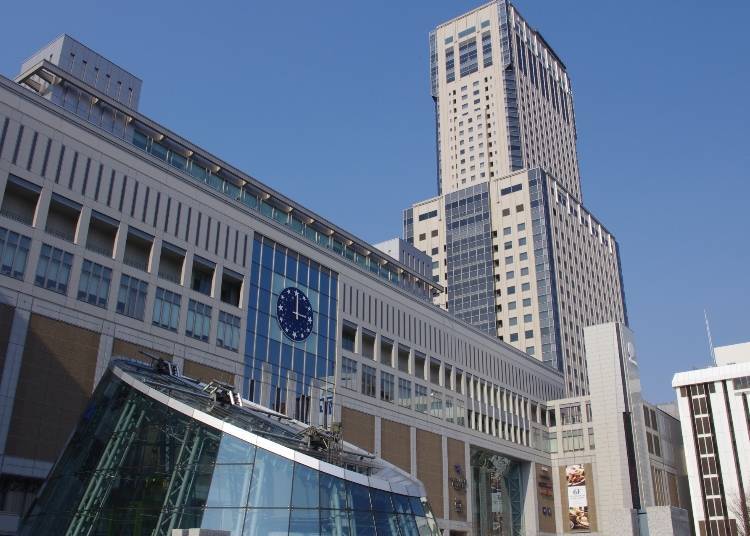
ちょっきり (chokkiri)
This word is used in place of adverbs like chо̄do (just) or pittari (exactly).
・Examples:
I reached Sapporo station at just the exact time to meet. - Machiawase jikan chokkiri ni sapporo eki ni tsuita. (Usually: Machiawase jikan chо̄do ni sapporo eki ni tsuita.)
I had exactly 202 yen of coins. - Kozeni ga 202 en chokkiri atta. (Usually: Kozeni ga 202 en pittari atta.)
あずましい (azumashi)
This adjective describes something that is comfortable or calming. The negative plain form of this adjective is azumashikunai.
・Examples:
The hotel room is comfortable. - Hoteru no heya ga azumashii. (Usually: Hoteru no heya no igokochi ga ii.)
It's noisy around here it makes me restless. - Mawari ga sawagashikute azumashikunai ne. (Usually: Mawari ga sawagashikute ochitsukanai ne.)
内地 (naichi)
This term is used to refer to all other prefectures of Japan outside of Hokkaido. Mainly, people use it to refer to Honshu, Japan's main island.
・Examples:
My friend who stays outside Hokkaido. - Naichi ni sumu tomodachi. (Usually: Dōgai ni sumu tomodachi.)
I'm going on a trip to the mainland. - Kore kara naichi ni ryokō ni ikun da. (Usually: Kore kara honshu ni ryokō ni ikun da.)
はかいく (hakaiku)
This word means to make progress on something, both literally and figuratively, and it corresponds with verbs like hakadoru (make progress) or susumu (move forward).
・Example:
The side dishes at the inn were so tasty, I polished off a lot of rice. - Ryokan no okazu ga oishikute, gohan ga hakaiku. (Usually: Okazu ga oishikute, gohan ga susumu.)
おだつ (odatsu)
It means to get ahead of yourself (chōshi ni noru), get carried away (hashagu), or be overly playful (maiagaru). It's usually used on children to caution them about their conduct.
・Example:
Don't get carried away just because we're on a vacation. - Ryokō ni kita kara to itte, anmari odatsun janai yo. (Ryokō ni kita kara to itte, amari hashagun janai yo.)
しゃっこい (ひゃっこい) (shakkoi)
An adjective to describe something that is cold to the touch (tsumetai).
・Example:
The river water is cold. - Kawa no mizu ga shakkoi. (Usually: Kawa no mizu ga tsumeitai.)
しばれる (shibareru)
For when the word cold doesn't cut it. Used to describe extremely cold temperatures.
・Example:
Hokkaido's winters are really freezingly cold. - Hokkaido no fuyu wa namara shibareru ne. (Usually: Hokkaido no fuyu wa hidoku hiekomu ne.)
(手袋を) はく ((Tebukuro wo) haku)
In standard Japanese, this word corresponds with the verb hameru, which means to put on something like a pair of gloves.
・Example:
It's cold out there so put on some gloves before going out. - Samui kara tebukuro wo haite dekakeyō. (Usually: Samui kara tebukuro wo hamete dekakeyō.)
Bonus Hokkaido-only words
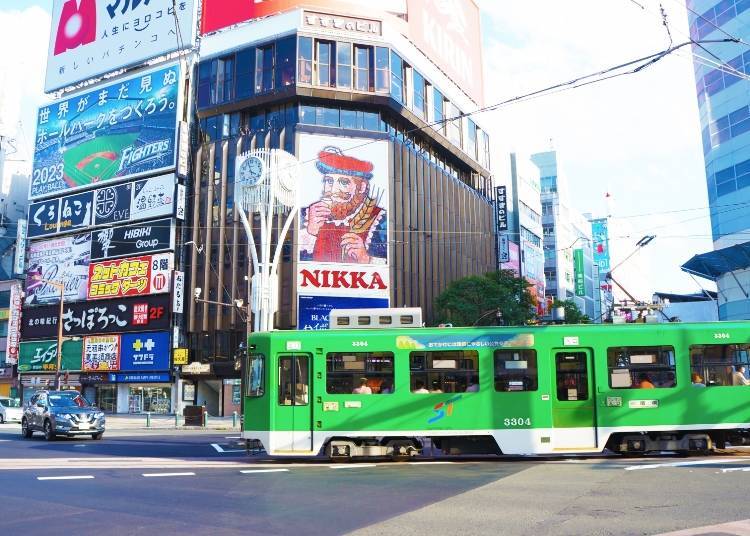
サビオ (sabio)
This is actually the brand name of an adhesive bandage. There are many other brands, of course, but Sabio is the most well-known name in Hokkaido, so to many Hokkaido residents, Sabio has basically become synonymous with adhesive bandages, much like how the brand Band-Aid has become a generic term for the same for English speakers.
Although Sabio has ceased production since 2002, people are still using the name to refer to adhesive bandages even today!
ハイヤー (haiya)
Taken from the English word "hire" and used as a noun instead of a verb, it mainly refers to vehicles that only accept advanced reservations instead of cabs that can be flagged down from the roadside.
These services are pricier than cabs and customers are usually transported around in comfortable luxury cars. In Hokkaido, however, many people use taxis and hires interchangeably. So don't be surprised if someone says they'll grab a hire for you, only to see a rickety old taxi roll up after the fact!
ゴミステーション (gomi-station)
The garbage collection zones in Hokkaido residential estates are known as gomi stations (trash stations). When someone mentions bringing the trash out to the trash station, or asks you to do so before the garbage truck comes, that's what they're referring to.
そだねー (sodane)
A common phrase often heard in standard Japanese is sо̄dane, with an elongated o vowel sound. In Hokkaido, instead of stressing the o vowel, the end of the phrase is lengthened instead, and the whole phrase is spoken in a flat tone.
When the athletes of the Japanese women's curling team LS Kitami used this phrase in the 2018 PyeongChang Winter Olympics, its unique intonation caught the attention of many and it became a hot topic online for a time!
The Hokkaido dialect and Ainu language are different languages
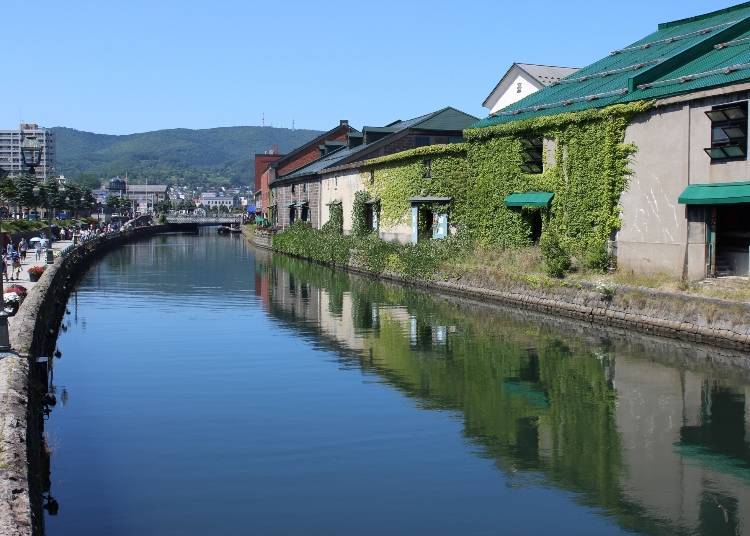
Many of Hokkaido's place names have roots in the Ainu language, a language spoken by the indigenous group of natives who would give names to lands and rivers based on their geographic characteristics.
Those names were then given Japanese words that sounded like the original and had a similar meaning, and the result is the names we see today.
About 80% of Hokkaido's cities, towns, and villages originated from the Ainu language. For example, Otaru's Ainu name was Ota-or-nai (river through sandy beach), and Sapporo's was Sat-poro-pet (dry-big-river).
Due to this, some people may confuse the Hokkaido dialect for Ainu language, but remember that the Hokkaido dialect is just that - one of the dialect of standard Japanese, whereas Ainu is a completely different language altogether.
Nevertheless, each one is interesting in its own way, so when you next swing by Hokkaido, take some time to study both the Hokkaido dialect and Ainu language and see if you can learn something from them!
We hope this has helped you to use and understand the Hokkaido dialect in both daily life and during a trip here!
Text by: Minna no Kotobasha
*Information in this article is accurate as of April 2021.
English translation by: Huimin Pan
*Prices and options mentioned are subject to change.
*Unless stated otherwise, all prices include tax.
Limited time offer: 10% discount coupons available now!
Recommended places for you
-
Appealing
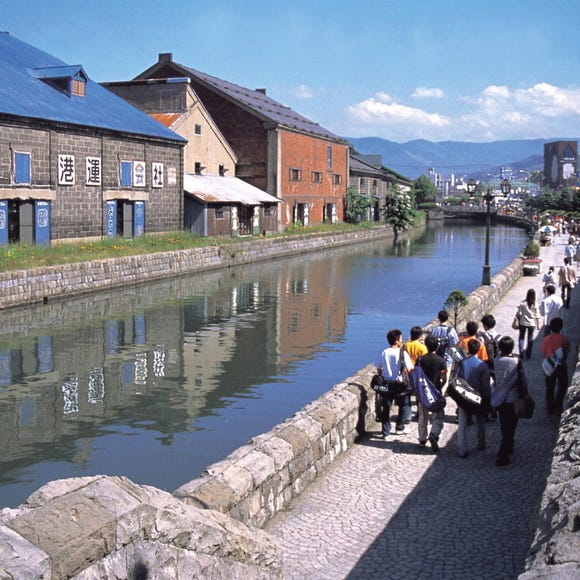
Otaru Canal
Rivers, Lakes & Canyons
Otaru
-
Appealing
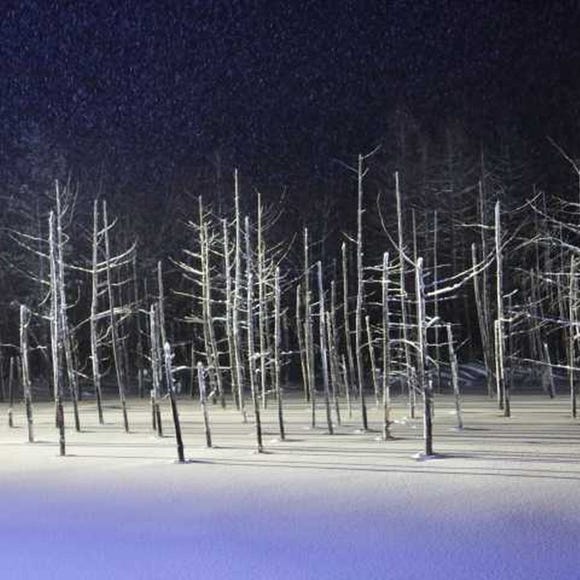
Shirogane Blue Pond (Aoiike)
Rivers, Lakes & Canyons
Furano / Biei / Sounkyo
-
Appealing
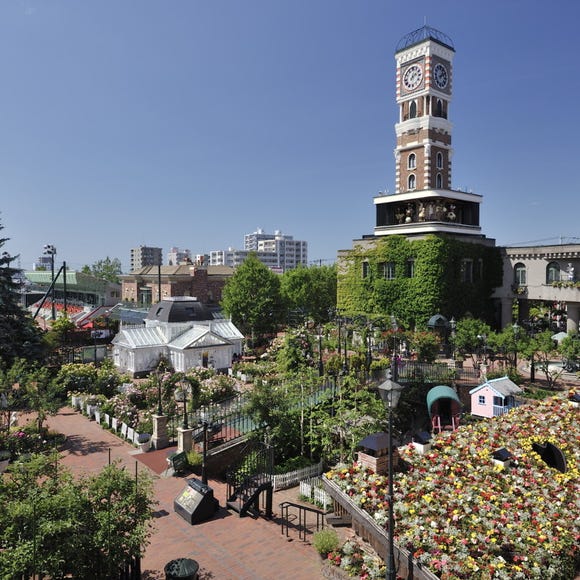
Shiroi Koibito Park
Theme Parks
Sapporo / Chitose
-
Appealing
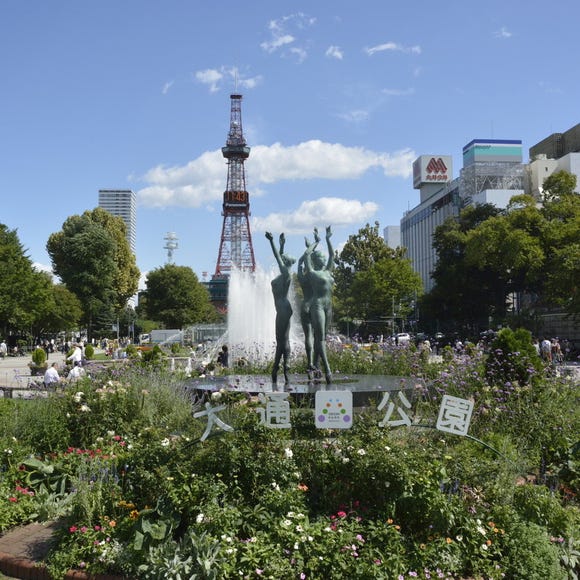
Odori Park
Parks
Sapporo / Chitose
-
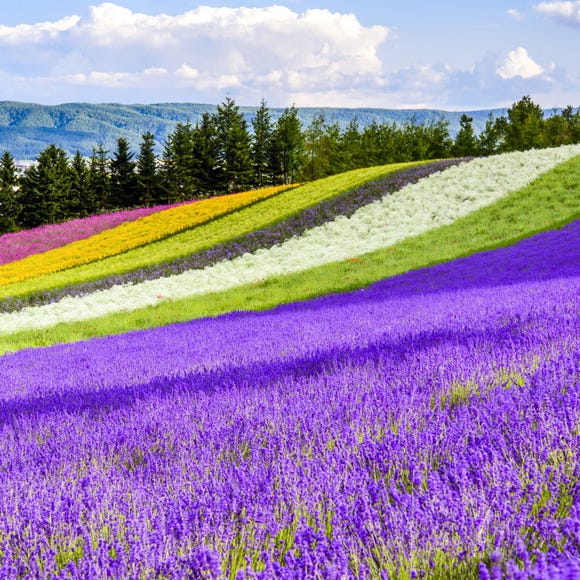
Farm Tomita
Other Nature
Furano / Biei / Sounkyo
-
Appealing
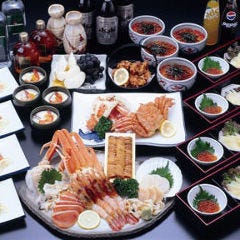
Rukku and Uohei
Izakaya
Sapporo / Chitose
-
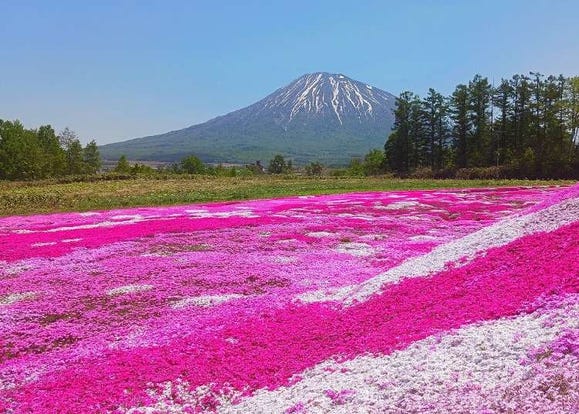
4 Must-Visit Spots for Beautiful Pink Moss Phlox Carpets in Hokkaido: Monthlong 'Floor Sakura' Viewing
-
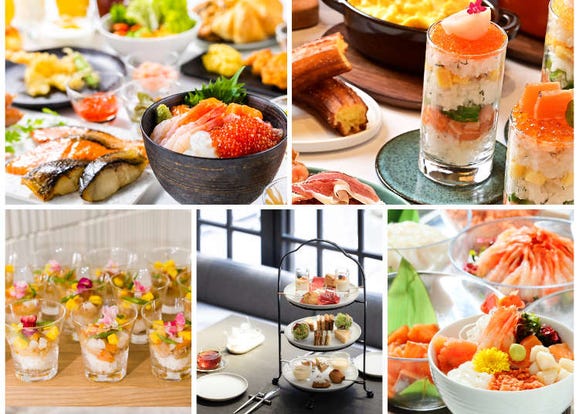
Expert-Recommended! 5 Otaru Hotels with Great Breakfasts
-
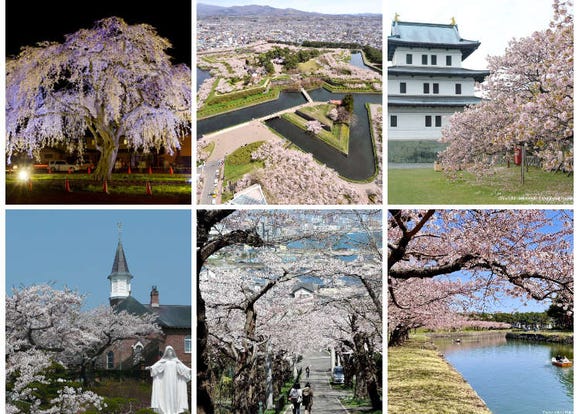
Complete Guide to Cherry Blossoms in Hakodate & Southern Hokkaido (Best in Early May)
-
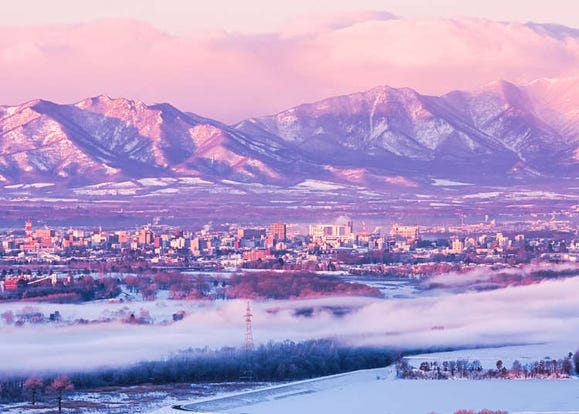
Your Trip to Obihiro (Hokkaido): The Complete Guide - Activities, Hotels, Savers & More
-

Family-Friendly Accommodations: 5 Recommended Apartment Hotels in Sapporo (Hokkaido)
-

Exploring Moyuk Sapporo: A New Tanukikoji Landmark with an Aquarium and New Donki Store!
-
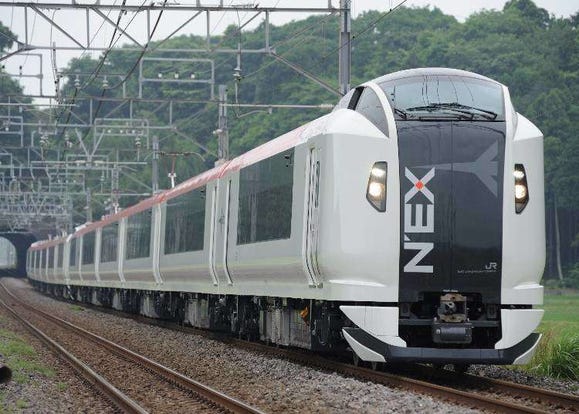
Getting From Tokyo Narita Airport (NRT) to Tokyo: Complete Guide
-
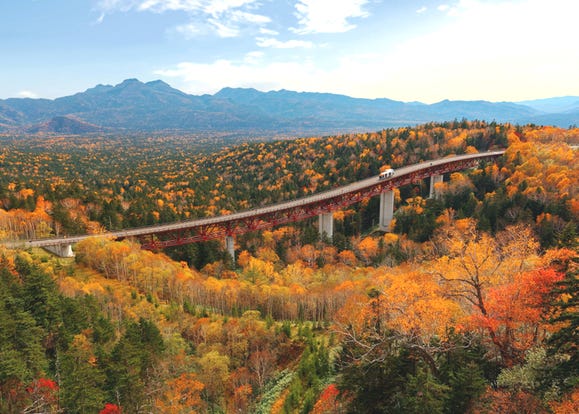
10 Tips for Driving in Hokkaido: Complete Guide to Planning Your Hokkaido Road Trip!
-
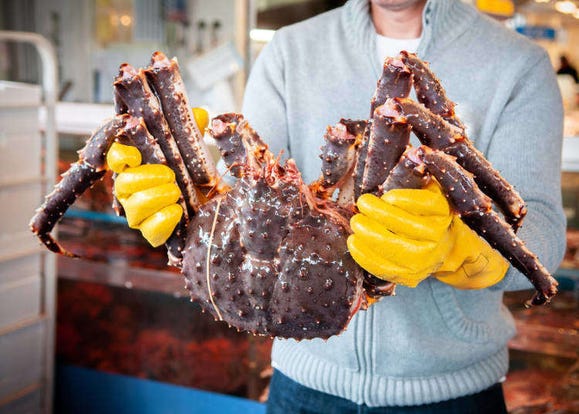
Why is it That This Japanese Crab Tastes Better Than Any Other Crab?
-
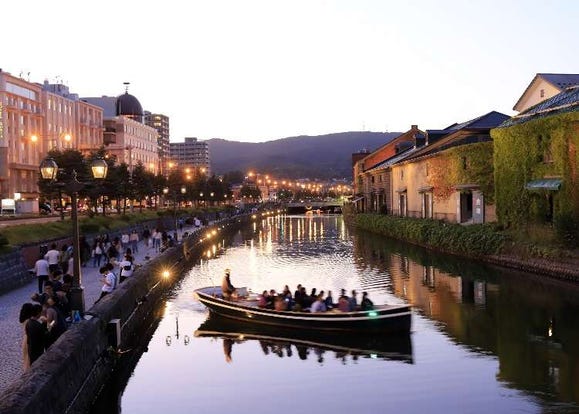
The Otaru Canal Cruise: Enjoy the Sea and Gorgeous Brick Buildings!
-
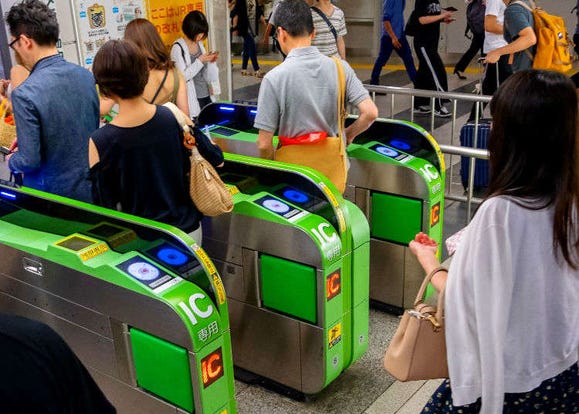
JR Edition: Visit all of Tokyo in one Day with the Tokyo Metropolitan District Pass!
-
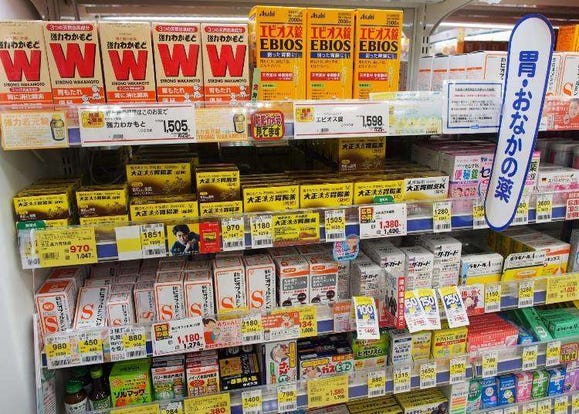
Complete Guide to Buying Japanese Medicine in Japan: Phrases and Vocabulary You Need to Know
- #best sushi hokkaido
- #things to do hokkaido
- #best ramen sapporo
- #what to bring to japan
- #new years in tokyo
- #what to buy in ameyoko
- #japanese nail trends
- #what to do in odaiba
- #onsen tattoo friendly tokyo
- #daiso
- #best sweets otaru
- #japanese fashion culture
- #best nature furano
- #japanese convenience store snacks
- #best japanese soft drinks












